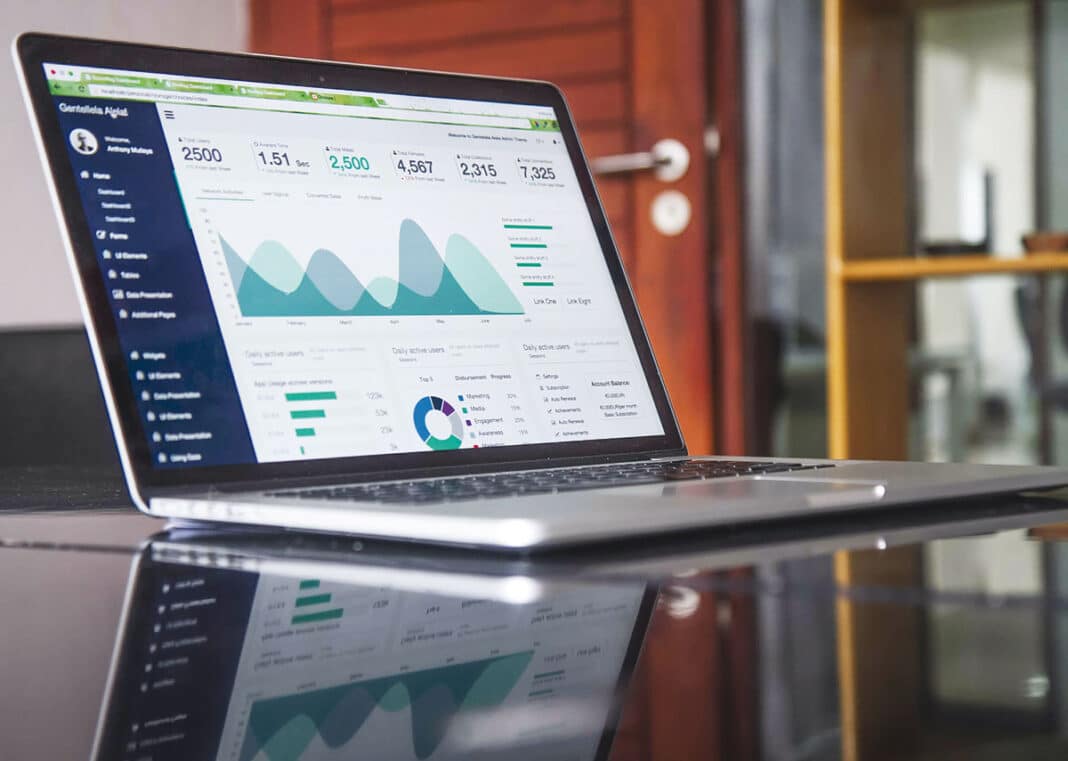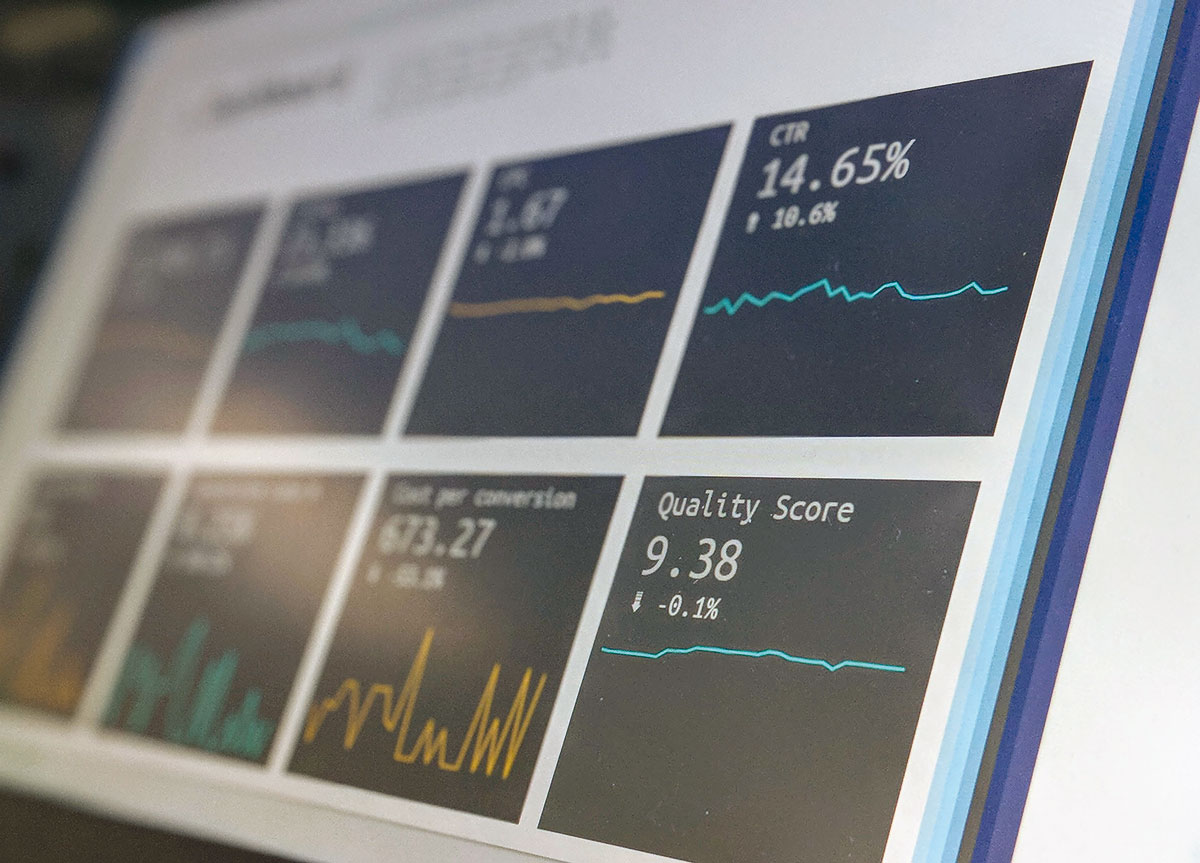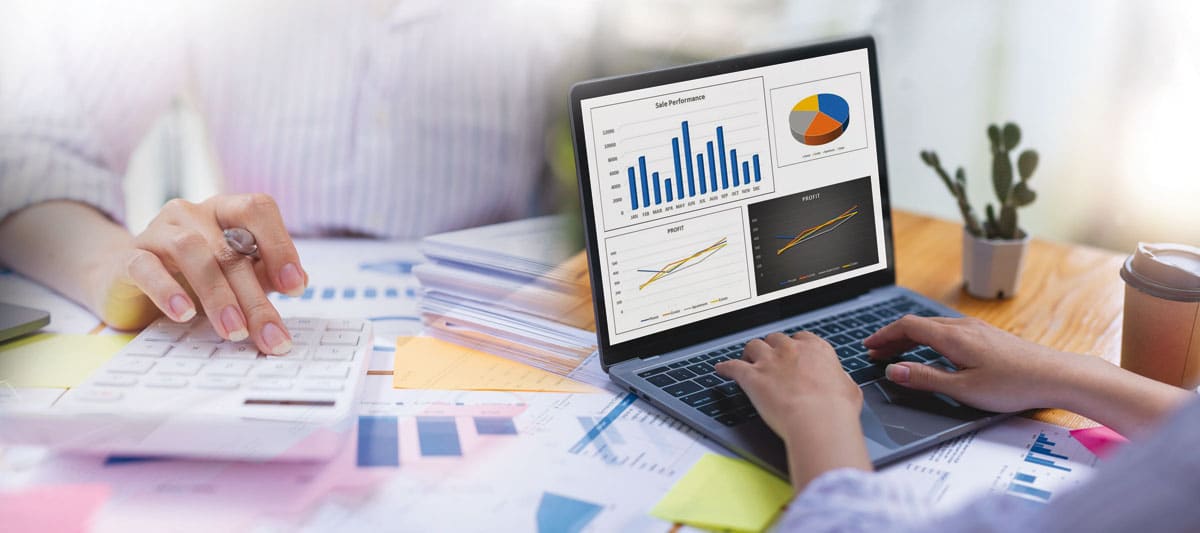Many companies whose financial year ends on December 31 are currently preparing their balance sheets. Pierre Gérard, Absoluce associate, gives the main benchmarks which allow the managers themselves and their partners to analyze the situation of their company thanks to its reading.
To correctly analyze a balance sheet without being an expert, you first need to know some fundamental principles, then identify the points for rapid analysis and finally know how to optimize its presentation. Remember that the balance sheet reflects the assets situation of the company. Everything she owns is an asset (to the left) and all she owes, in the passive (to the right). The difference, which constitutes the equity found at the top right, represents what could be defined as the “terminal debt” of the company vis-à-vis its partners or shareholders. The classification of positions is organized at least liquid, up, towards the most liquid, down. This is how in assets we find the fixed assets at the top and at the very bottom, prepaid expenses : they are so liquid that they have already been paid… On the passive side, debts will be classified as least payable (long-term loans) to the most demanding (taxes and prepaid income).
Book value and true value
You should also know that the valuation of different accounting items varies. Indeed, fixed assets are valued at their historical cost. In accounting, the value of a material, on the balance sheet, will be equal to its purchase price less the cost of its use (depreciation). In practice, this book value may be significantly different from the true value of the property. This minimum value is based on the principle of prudence. On the other hand, liquid assets, such as cash, represent the true value of what the company owns.
Working capital
Third fundamental principle : clearly distinguish working capital, working capital requirements and cash flow. Working capital is the difference between all so-called “permanent” capital : the capital contributed by the partners or left by them over time in the company (previous results), plus the capital lent long term by financiers ; and everything the company needs to spend as long-term investments. If the company has more permanent capital than investments to make, she has working capital.
The working capital requirement
The working capital requirement (BFR), on the other hand, represents all that is necessary to advance in the form of money to keep the business running on a day-to-day basis. A champagne maker, For example, will have to wait at least two years for its production to mature and be salable. The company will therefore have to finance two years of working capital needs.. Likewise, an entrepreneur who creates his company must have initial cash flow to be able to finance the start of his activity and the cash flow period between the purchase of the stock, customer payment and supplier payment. Conversely, it is also the BFR which has enabled the success of large-scale distribution, car, in this activity, the working capital requirement is negative : the customer immediately pays for their shopping at the checkout, but the distributor pays its suppliers at least one month due…
WHAT ARE THE QUICK ANALYSIS POINTS ?
How can we, in a few minutes, draw the main lessons from reading a balance sheet ?
The amount of equity
It is, au minimum, the value of the company, without taking into account latent capital gains or the ability to generate future results.
Cash present as assets and cash present as liabilities
Attention, because if the company has a lot of equity and even more cash, it just means she has some cash lying dormant. You might think that good cash flow is synonymous with good financial health, but not always. In summary, when a company has no cash flow (or cash on the liabilities side), this is not a good sign. When she has, This is not necessarily a good sign though. !
Net cash
It is calculated by subtracting long-term debt from cash.. If short-term cash flow covers long-term debts, this is clearly a sign that the company is in good health, even if she is in debt. On the contrary, if the company has no cash flow, but a million debts to be repaid over ten years, it's not necessarily alarming. On the other hand, it is fragile, since it will have to generate at least 100,000 euros of cash flow per year to repay the loan (excluding interest).
The debt ratio
This is the ratio of long-term debt to equity.. If for example the company has 50,000 euros of equity and 50,000 euros of debt : 50,000/50,000 = ratio of 1. The ratio of long-term debt/(equity + long-term debt) gives the percentage of independence of the structure in relation to its financiers (banks most often). With the same example : 50 000/(50 000 + 50 000) = 0,5. The bank lent as much as the shareholder, she is “virtually the owner” of 50% of the company.
BFR positions (variation des stocks, customers and suppliers)
It will be interesting to compare exercise N-1 and exercise N. The amount customers owe is not necessarily significant in itself ; what is much more is the variation of this position. If this variation is unfavorable because customers pay later and later, it's a bad sign. On the other hand, if the variation increases mechanically because the turnover increases, it's normal ! To finance its growth, the company needs cash. On the other hand, which is much less intuitive to understand, This is because when a company is in decline, mechanically again, it creates cash. Receivables decrease, because they owe less money, but on the other hand, stocks are decreasing, supplier debts also, but slower than customer receivables, because they are at purchase price. Leaders will need to pay close attention, during periods of decline, not to consume their cash, because they will need it when business picks up again.
Other positions
Similar positions from one year to the next, provided of course that the company is in good health, are reassuring. Conversely, if the percentage of the total of an item in relation to the balance sheet total varies a lot, it will be necessary to investigate the reasons for this variation.
HOW TO OPTIMIZE YOUR BALANCE SHEET ?
These are only the fundamental elements of analysis of a balance sheet that even a manager or a third party can study.. Of course, the analysis can go much further.
Work on your ratios
The manager will check all the previous points. If the amount of its equity is substantial, that it has good cash flow and good net cash flow, that its debt ratio is under control and that its WCR is stable, he can be serene.
Consider the possibility of freely revaluing your assets
According to accounting standards, assets are valued at their historical cost. To help businesses cope with the difficulties caused by the Covid crisis, the 2021 finance law authorizes them, until financial years ending in 2022, to revalue their assets, and it neutralizes the consequences of this revaluation on the taxable income. This revaluation of assets at their “fair value” mechanically allows debt ratios to be improved. ; businesses will be able to negotiate bank loans more easily.
Sell cash
A good way to improve your balance sheet is to sell investments offering significant added value.. The financial products thus generated contribute to improving the result and therefore the shareholders' equity.
Work on the classification of balance sheet accounts
Companies that present individual accounts (as opposed to consolidated accounts) and who belong to a group have every interest in working well on the appendix of the accounts on several points. Firstly regarding working capital, WCR and cash flow, the manager must carefully complete the table detailing the different payment deadlines. Ensuite, in a group, when a company A lends to a company B, she will have to be careful about where she classifies her claim : it can be either a long-term debt (which will influence working capital), either a short-term debt (which will influence the WCR), either even, in cash.
THE VIEW OF THE BANK OF FRANCE
You should know that the Banque de France carefully studies the various elements appearing in the annex and in the tax package. (distribution of debts for less than one year or more than five years), and in particular payment deadlines, to establish your financial analysis. for example, A and B being in the same group, the registration of the current account of company A in the accounts of company B appearing in short-term debts will affect the WCR. It's a shame if, in fact, said company A does not necessarily expect repayment of its current account in the coming year.
















